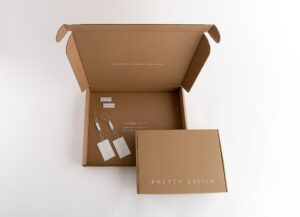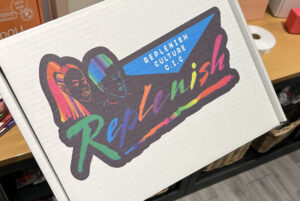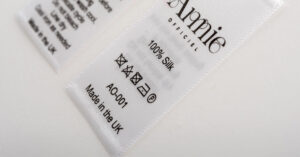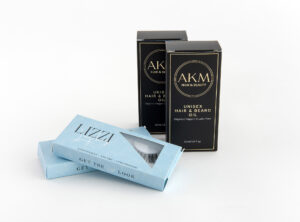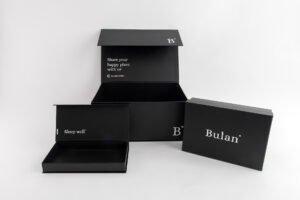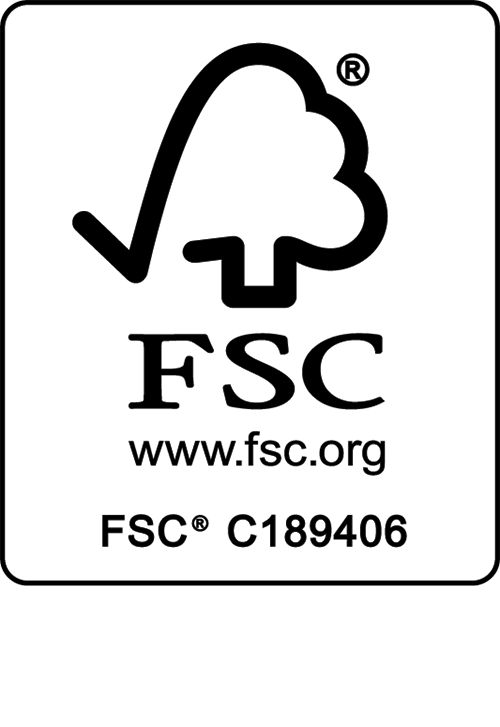1. Choose the right material
When it comes to today’s clothing labels, there are plenty of different fabrics and materials to choose from – and you need to pick one that a) suits your garments, and b) suits your brand.
Many of our customers love the look and feel of our traditional printed labels. They’re durable and very economical, and you can print as much information on them as you like, which means you can include everything from the source of origin to multi-lingual wash care instructions.
Woven labels are another most popular choice for fashion companies and design houses. These will automatically add a touch of luxury to any product. They’re hard-wearing and incredibly tactile, yet just as customisable as their standard printed counterparts. We offer woven labels in a wide range of qualities, weaves and finishes, allowing you to pick and choose your favourite features to develop a totally bespoke label that suits your image down to a T.
2. Decide what information you need to include on the label
The type of label you choose will ultimately depend on the amount of information you need to add to the garment. The label will, of course, need to include your logo and/or brand name to ensure instant recognisability – but most of the time, you’ll also need to pack in the clothing size, care instructions, universal laundry symbols and the material(s) used within the manufacture. Make sure your preferred label provides you with enough space for all the necessities, otherwise it won’t be serving its intended purpose!
3. Settle on the right type of fold
If you’ve opted for woven labels, bear in mind that these can be folded in a variety of ways to ensure they are seamlessly integrated into your clothing. Flat labels will follow the surface of the garment and create a crisp, sharp edge; end fold labels, with their 7mm seam allowance, add an extra-clean look; centre fold labels are ideal if you need space for extra information; and book fold labels, otherwise known as hem tags, fit neatly into the sleeves of shirts and tops.
4. Consider your artwork
Once you’ve considered the basics, it’s time to get creative with the label’s design! Go with colours that match your brand identity and that are easy to read; if you’re not sure what’s best, you can always play it safe and stick with black and white. If room allows, add in your brand strapline or the company’s year of origin to add an air of authenticity and exclusivity to the product.
Experiment with the size and positioning of all these different elements until you reach a design that you’re happy with, and that’s ready to go off for reproduction.
5. Is your label practical?
Finally, consider the practicality of your labels before you give them the final go-ahead. We often recommend that labels are smaller than 2 inches squared, because oversized tags can cause discomfort when worn. You’ll also need to decide whereabouts your label will be situated: many designers choose to place their tags in the neckline or the bottom seam of the garment, but it’s also possible to include them in the sleeve or the collar.
Your new labels will also need to be print-ready, which means they will need to be sized appropriately to account for the printing process.
If you need help designing the perfect clothing label for your new range, be sure to instruct a professional label supplier, such as Hallmark Labels, to come up with a template that ticks all your boxes. You can learn more about our label design and printing services here.

